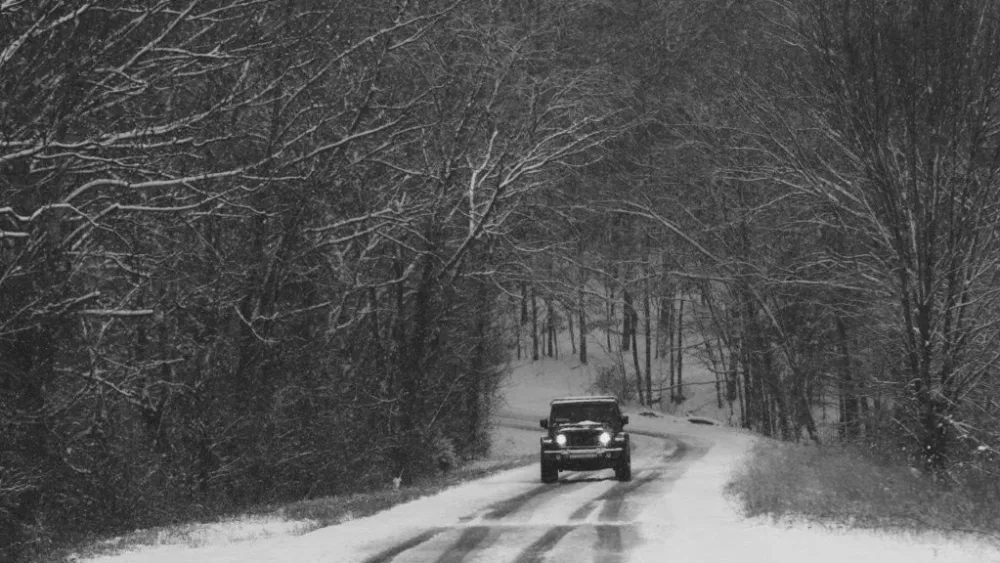It may not seem like it, but spring is just around the corner. And while we have been snowed in recently, one of the busiest and most enjoyable times for gardeners begins next week. Here are some spring garden tips to help turn your thoughts to warmer days.
Monkey grass (Liriope) needs to be cut back each year. Old growth is prone to the fungus anthracnose, which can leave unsightly dead spots on the leaves. Liriope can be cut back to 1 or 2 inches tall using scissors, hedge shears, string trimmers or even a lawn mower. The key is to avoid scalping the ground, which will destroy the plants growing point.
Ornamental grasses can create winter interest when left uncut, but for best re-growth you should cut these back this month also. You can cut grasses back just above the crown of the plant, usually 4 inches from the ground, with hedge shears or a trimmer with a metal blade. To make clean up easier, use string to tie the mass of leaves into bundles before you make your cuts. Then, you will have a nice sheath of grass to toss in your compost bin, instead of picking up blades for the rest of the day.

Pansies need an application of liquid fertilizer to help strengthen them for spring blooms. You can still plant pansies in the spring, but keep in mind that the summer heat, which the pansies can’t tolerant, will soon be here. Start making plans for summer annuals.
Certainly not a gardener’s favorite activity, but pulling young weed seedlings from flower beds now before they go to seed can eliminate potential problems. Since the soil is damp and temperatures are cooler the job should be a little easier.
Effectively avoiding problems with crabgrass and goosegrass begins with pre-emergence herbicides. There are many brands available for control. You should be aware that not all of these are recommended on lawns that were seeded last fall or that have been cut less than four times since seeding. Read the label before you make your purchase or you could damage your newly seeded lawn.
Combination fertilizers and pre-emergence herbicides are available and do save time but again check the label. Some pre-emergence herbicides recommend two applications for best control. The first application is usually in March but the second may not be needed until May.
Why is this a problem? On tall fescue lawns applying fertilizer after April increases your risk of Brown Patch disease. If you use a combination product this month, you may want to switch to a pre-emergence herbicide without fertilizer for your May application.
Watch evergreens (spruce, pine, junipers, hemlock and arborvitae) for spruce spider mite activity in March and April. This cool season mite over-winters on host plants and will begin hatching soon. Early detection is critical for control. Often the yellowing and bronzing of needles are the first signs of a problem.
To check for spruce spider mites, place a white sheet of paper under a branch and shake the branch over the paper. If mites are present, they will be the size of walking periods. If 10 or more are present per sample, treatment is recommended.
— Kelly Jackson, Christian County Extension Agent



